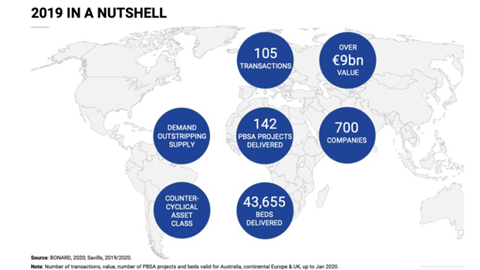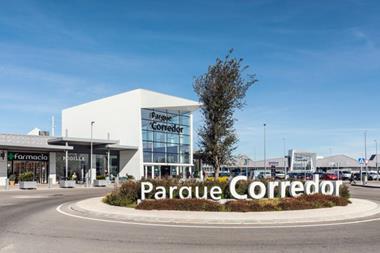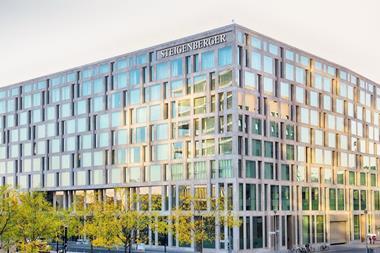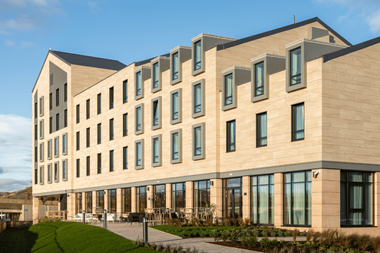Student housing continued its record growth last year, recording over €9 bn across 105 international transactions, excluding the US, according to new research published by market research and advisory firm Bonard.

As student numbers are growing faster than supply, the asset class remains a top-4 sector prospect for investment in 2020, Bonard said.
Average transaction yield rates ranged from 3.7% to 6%, with takeovers of the Atira, Liberty Living and Urbanest portfolios among the largest deals. Demand is being driven by the constant growth in mobile and international student numbers, currently at a rate of around 4.3% per year in continental Europe. Demand is growing faster than in other asset classes and even during economic downturns, making it a counter-cyclical asset class.
To date, the sector has seen the involvement of over 700 companies. In continental Europe and UK alone, 142 PBSA projects and 43,655 beds were due for completion in 2019.
'The student housing asset class has been maturing to a stage of transparency, returns and liquidity that offer sufficient security and confidence for many private and institutional investors,' says Samuel Vetrak, CEO of Bonard.
Student housing continues to rank high as a sector prospect for both investment (4th) and development (9th). A pipeline of new projects in continental Europe and the UK will bring 338 private PBSA projects (with 130,678 beds) onto the market in the next 2.5 years, while details to additional 320 announced projects (representing 91,636 beds) remain undisclosed.
In 2020, an even stronger growth in volume and portfolios is expected: of Europe’s current 107 student housing portfolios, 82 have fewer than 5,000 beds. With significant room for consolidation, both mid-sized and bigger portfolios are expected in 2020 transactions.
Based on Bonard’s research into 5,600 PBSAs and data accumulated from thousands of student surveys, product is increasingly determined by student preference. The data shows that students prefer rich amenities, such as communal areas and quality of service, over larger and better equipped rooms.
While the UK continues to be the strongest market, continental Europe is booming due to its low provision rates (1 million beds are needed to match the current UK market saturation). This gives investors an opportunity to bring new product concepts, such as hybrids or co-living, to undersupplied territories at an earlier stage, providing under-one-roof accommodation for students and young professionals from scratch.










